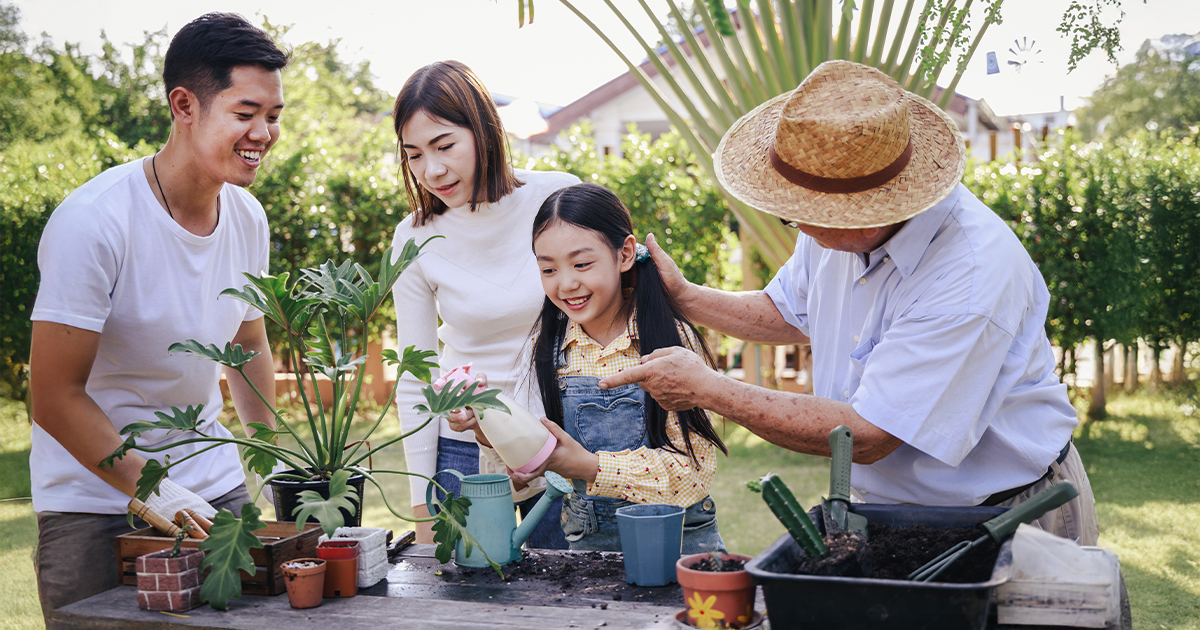Hyundai Motorstudio Senayan Park
Hyundai Motorstudio Senayan Park
Newsroom
The official news from Hyundai Motorstudio Senayan Park and a collection of innovative articles on mobility and sustainability here.
-
Creating a Comfortable and Eco-Friendly Home
- Hyundai Motorstudio Senayan Park Senayan Park 2025.09.30
-
Home is a place where we take refuge and rest after a long day's activities. However, a comfortable home is not only about aesthetics and function, but also how the house can coexist with nature in a sustainable manner. Creating an eco-friendly house is now an important need to protect the earth while improving the quality of family life.
Here we will discuss various practical ways to build and manage energy-efficient homes, use sustainable materials, manage water and waste efficiently, and implement greening and a simple but impactful zero waste lifestyle.
Energy-Efficient Home Design and Sustainable Use of Materials
Energy-efficient home design is the main foundation of an eco-friendly home. Some design principles that can be applied include:
- Building Orientation: Make the most of sunlight for natural lighting and room warming.
- Natural Ventilation: A design of windows and doors that allows for smooth air circulation to reduce the use of air conditioning.
- Good Insulation: Using insulation materials to keep the temperature in the house stable and reduce energy consumption.
- Eco-Friendly Materials: Choose building materials that are sourced from sustainable sources such as certified wood, bamboo, or recycled materials.
- Green Roof: Plant plants on the roof of the house to reduce heat and improve insulation.
The right design not only saves energy but also makes the home more comfortable and healthy to live in.
Efficient Water and Wastewater Management System
Good water and waste management is essential in an eco-friendly home. Here are some steps that can be implemented:
- Rainwater Collection: Installing a rainwater storage system for use watering plants or other non-potable needs.
- Use of Water-Saving Equipment: Choose faucets, showers, and toilets with water-saving technology to reduce consumption.
- Organic Waste Treatment: Making compost from kitchen waste to reduce waste and produce natural fertilizers.
- Wastewater Treatment System: Using an eco-friendly septic tank or an integrated wastewater treatment system so that the waste does not pollute the environment.
Efficient management helps save resources and maintain the quality of the environment around the house.
Indoor and Outdoor Greening for Cleaner Air
Plants have a vital role in an eco-friendly home. They filter pollutants, produce oxygen, and provide natural coolness.
- Indoor plants: Choose plants such as mother-in-law's tongue, bamboo plants, or other ornamental plants that are easy to care for and able to improve indoor air quality.
- Mini Gardens and Gardens:Making a small garden in the yard or balcony with plants that can absorb carbon and provide habitat for insects and birds.
- Vertical Garden: Utilize blank walls for a vertical garden that is space-saving and provides a refreshing green effect.
- Green Roofs and Rooftop Gardens: In addition to beautifying, green roofs help reduce heat and absorb rainwater.
Greening also provides psychological benefits, such as reducing stress and improving the comfort of life.
Selection of Eco-Friendly Furniture and Home Appliances
Choosing eco-friendly furniture and appliances is also an important part of a sustainable home.
- Sustainable Materials: Choose furniture from natural materials such as FSC-certified wood, rattan, or bamboo. Avoid single-use or synthetic plastic materials that are difficult to decompose.
- Energy Efficient Appliances: Use household appliances with energy-efficient labels to reduce electricity consumption.
- Products with Recycle: Choose products made from recycled materials or those that can be recycled.
- Care and Maintenance: Take care of furniture so that it is durable so that it does not change quickly and reduces waste.
The right furniture and appliances are not only environmentally friendly but also improve the aesthetics and comfort of the home.
Simple Steps Towards a Zero-Waste Lifestyle at Home
Zero-waste is a lifestyle that seeks to minimize waste as much as possible. Here are some easy steps to get started at home:
- Reduce Plastic Waste: Use cloth shopping bags, refillable drinking bottles, and avoid single-use packaging products.
- Buy Items in the Required Quantity: Avoid over-buying that has the potential to become waste.
- Recycle and Upcycle: Choose products that can be recycled and turn used items into new items.
- Organic Waste Compost: Make compost from food scraps and garden waste to reduce waste.
- Eco-Shop: Choose local, organic, and eco-friendly products.
A zero-waste lifestyle helps reduce the environmental burden while saving family expenses.
Creating a comfortable and eco-friendly home is not difficult. With energy-efficient design, efficient water and waste management, proper greening, eco-friendly furniture selection, and a zero-waste lifestyle, you can realize a healthy and sustainable residence.
Involving the whole family, especially children, in this process also instills the value of sustainability that is important for the future. Let's start this small step from home and make the earth a better place for us and future generations.




